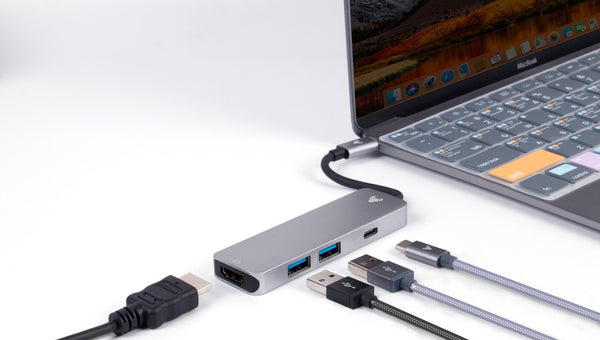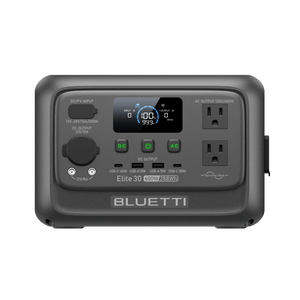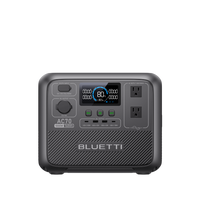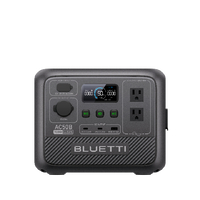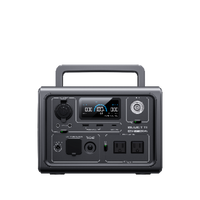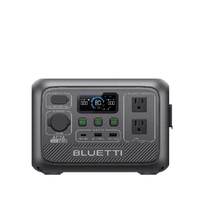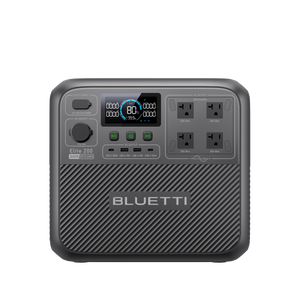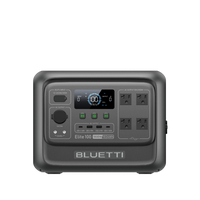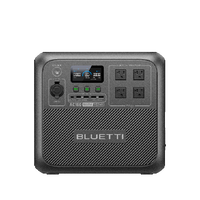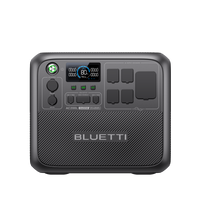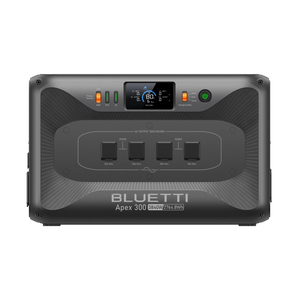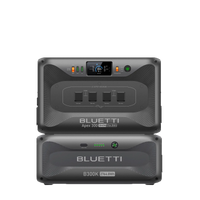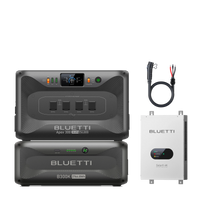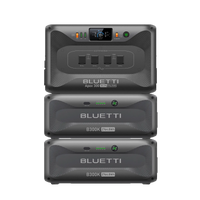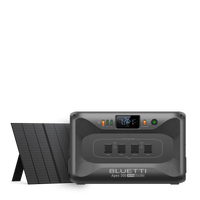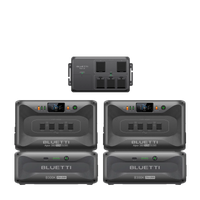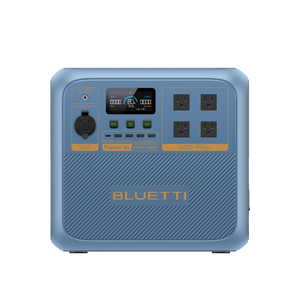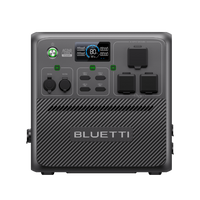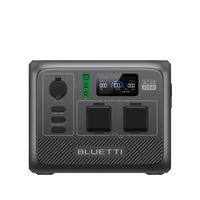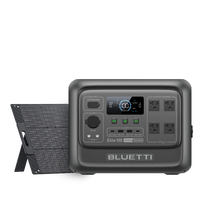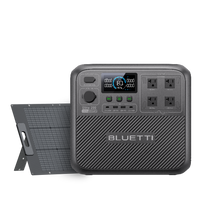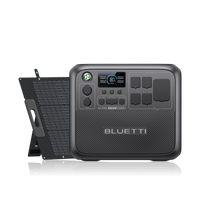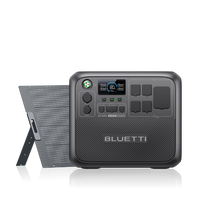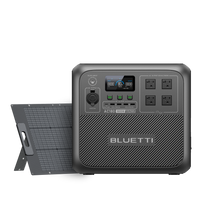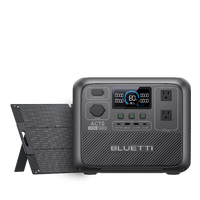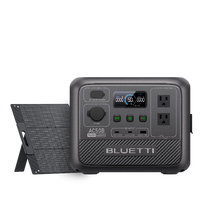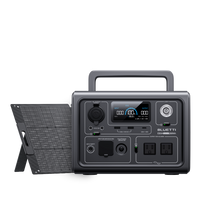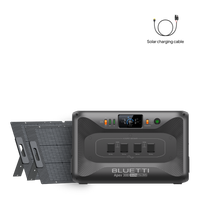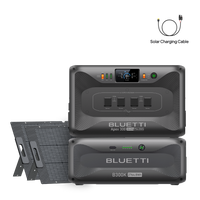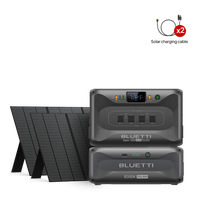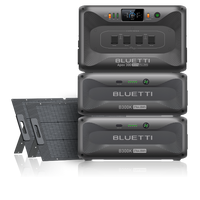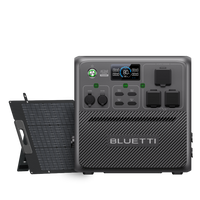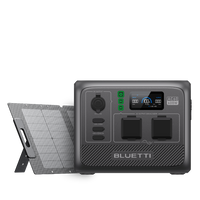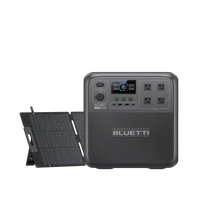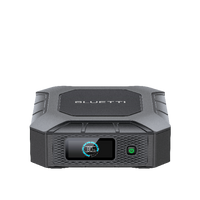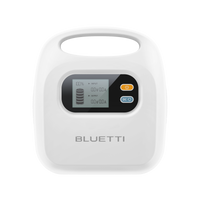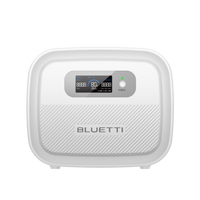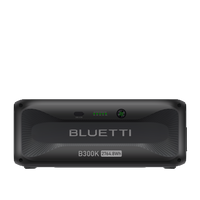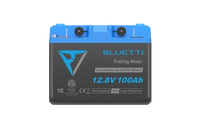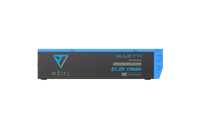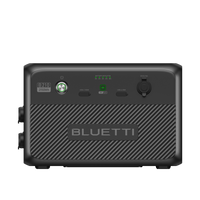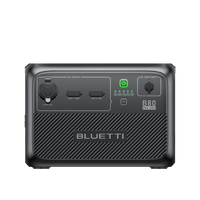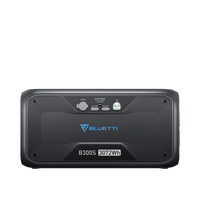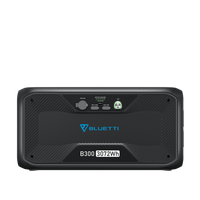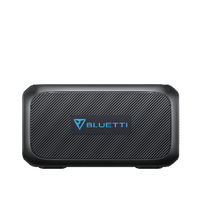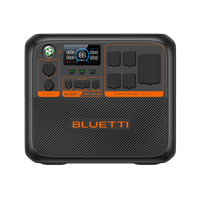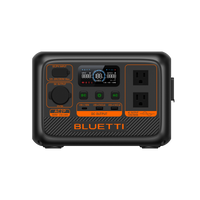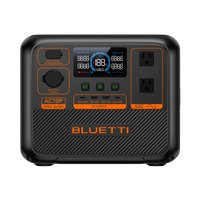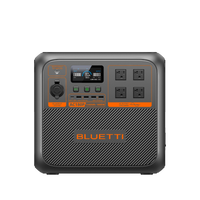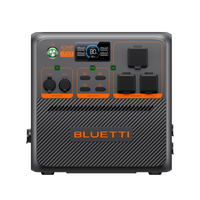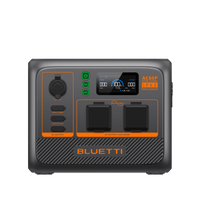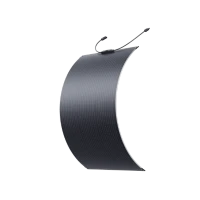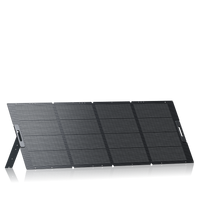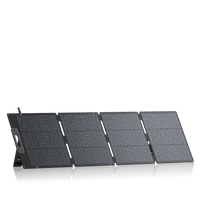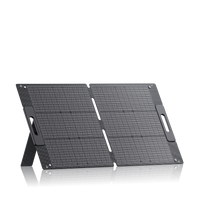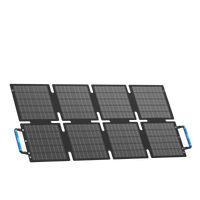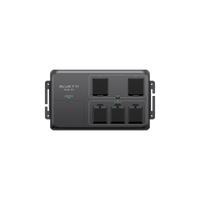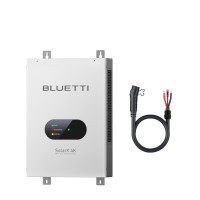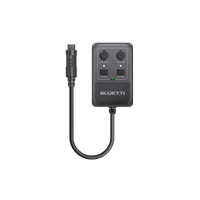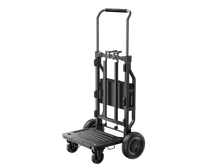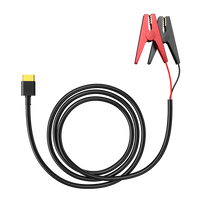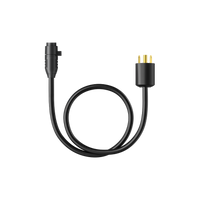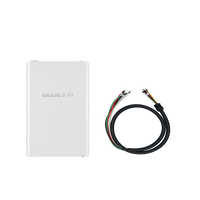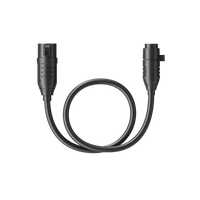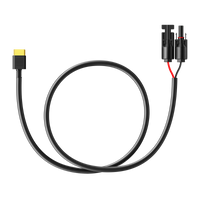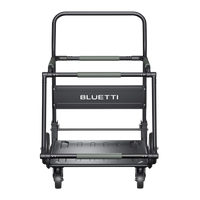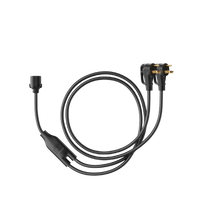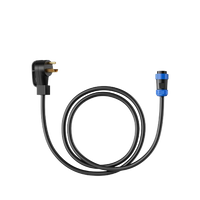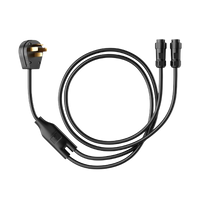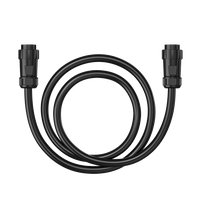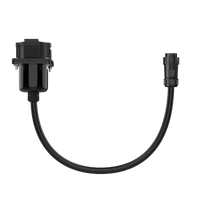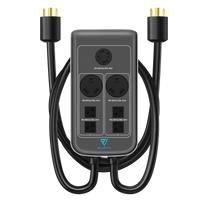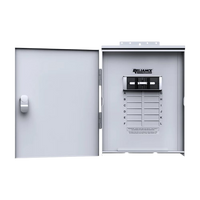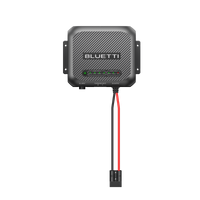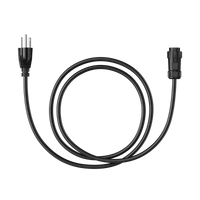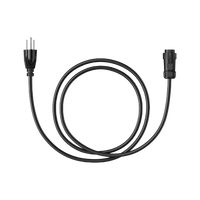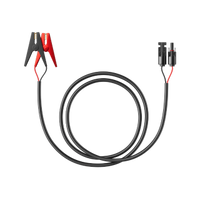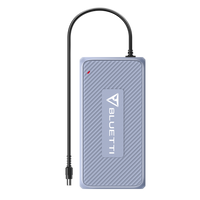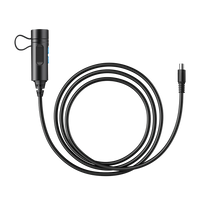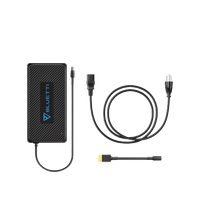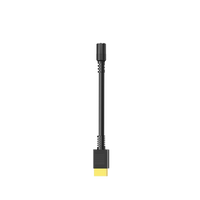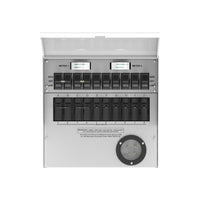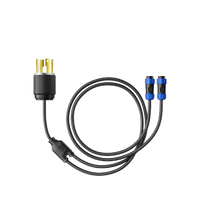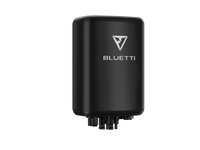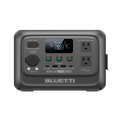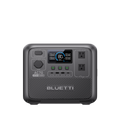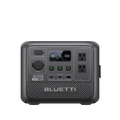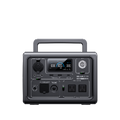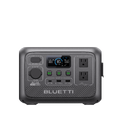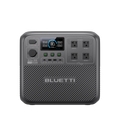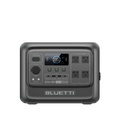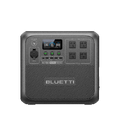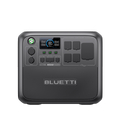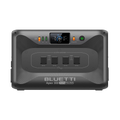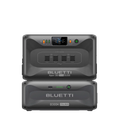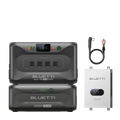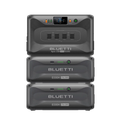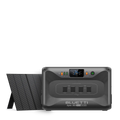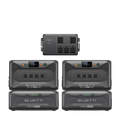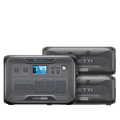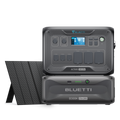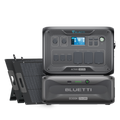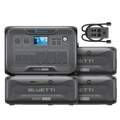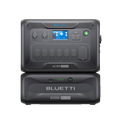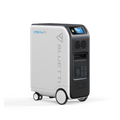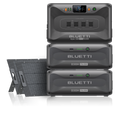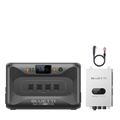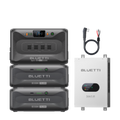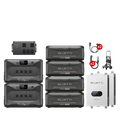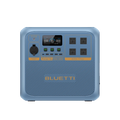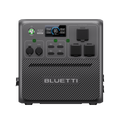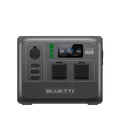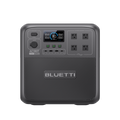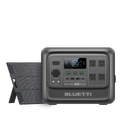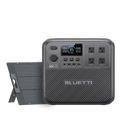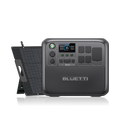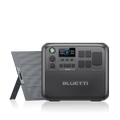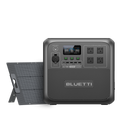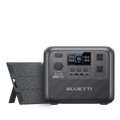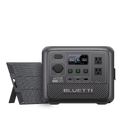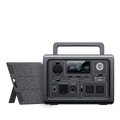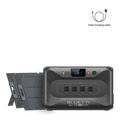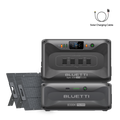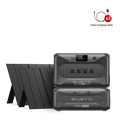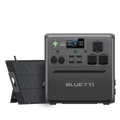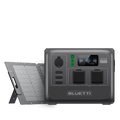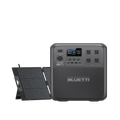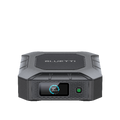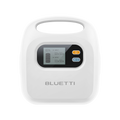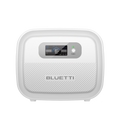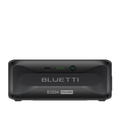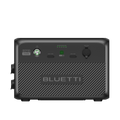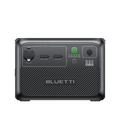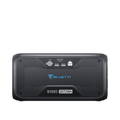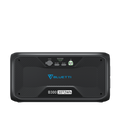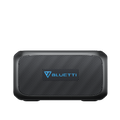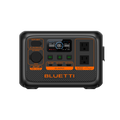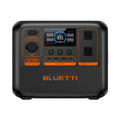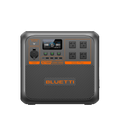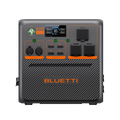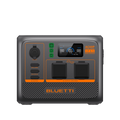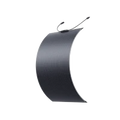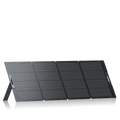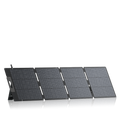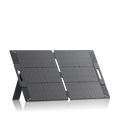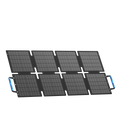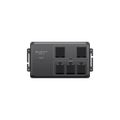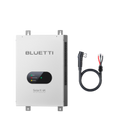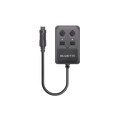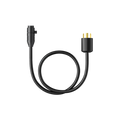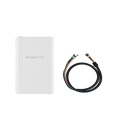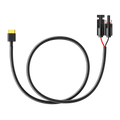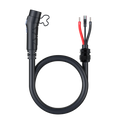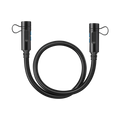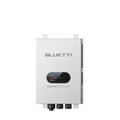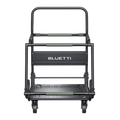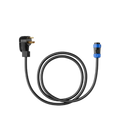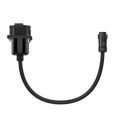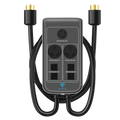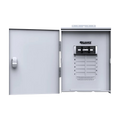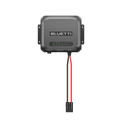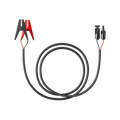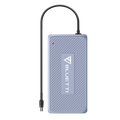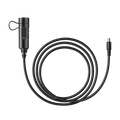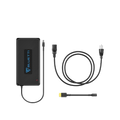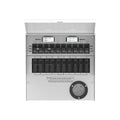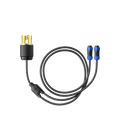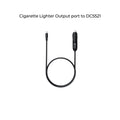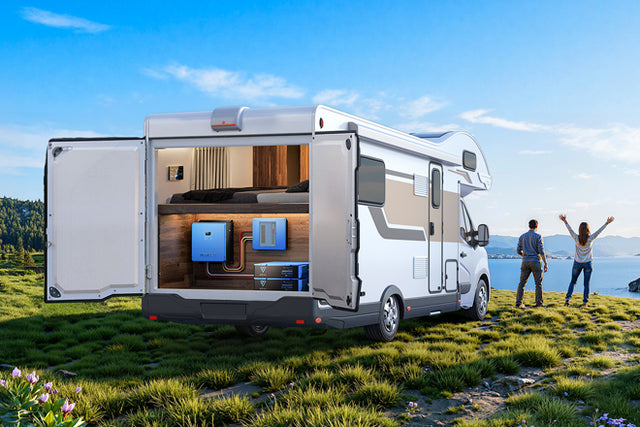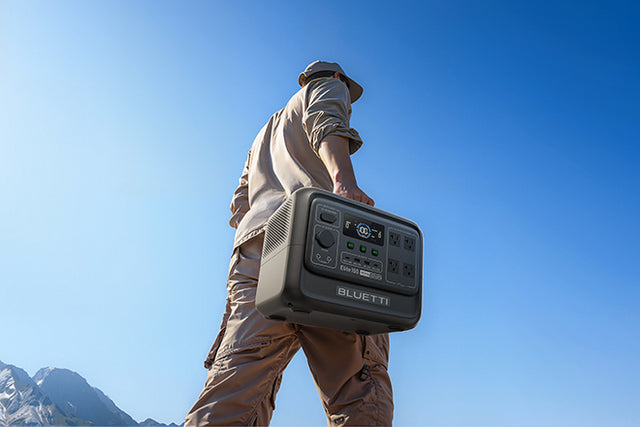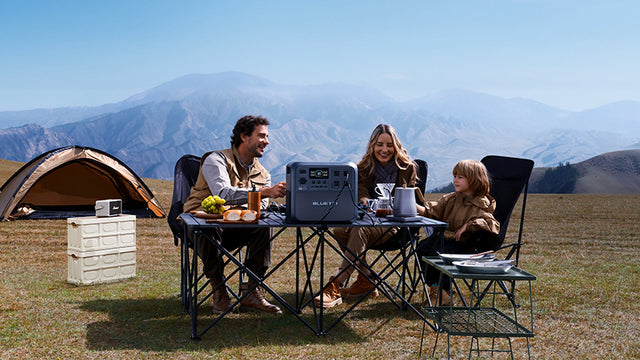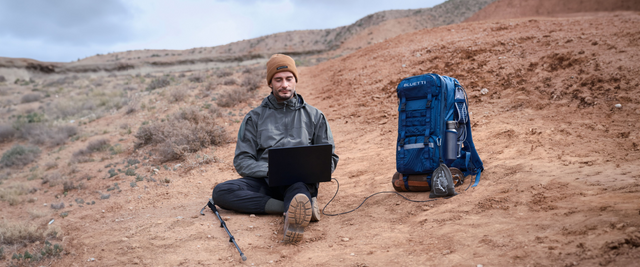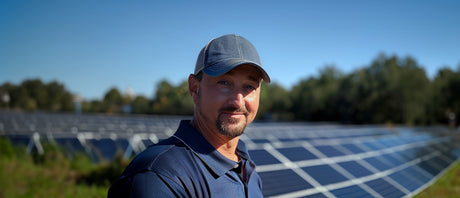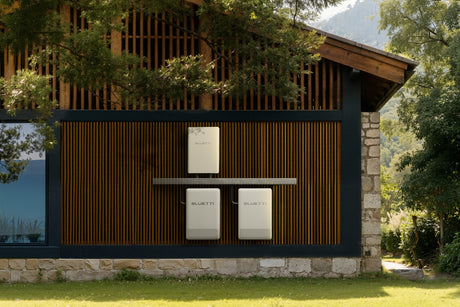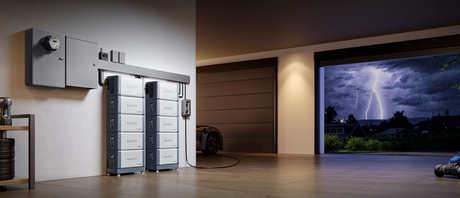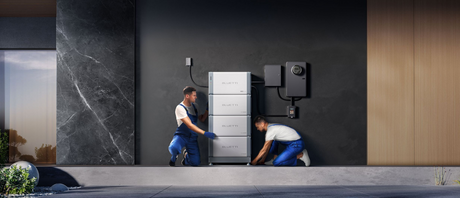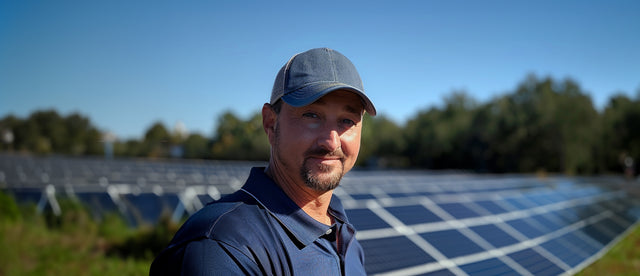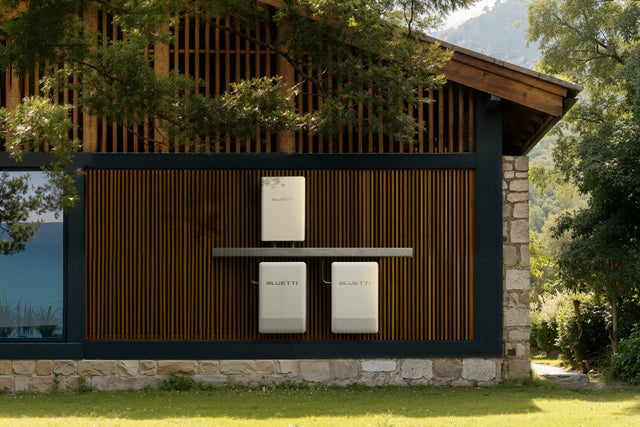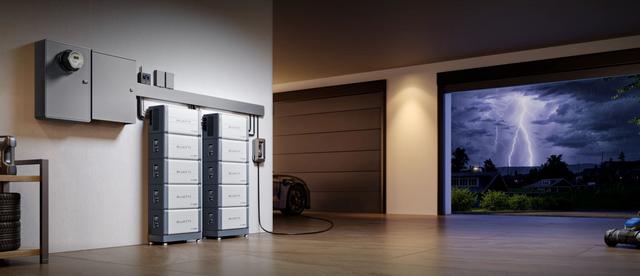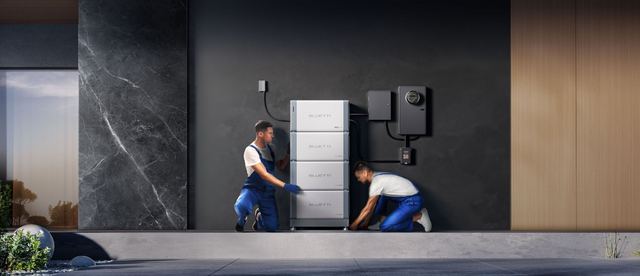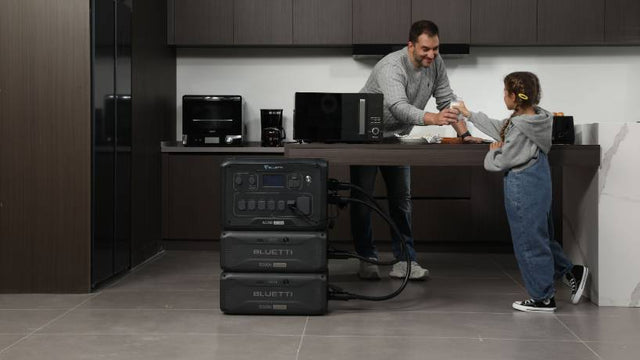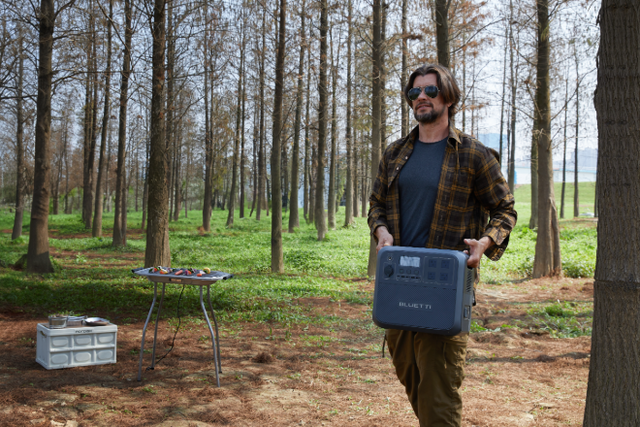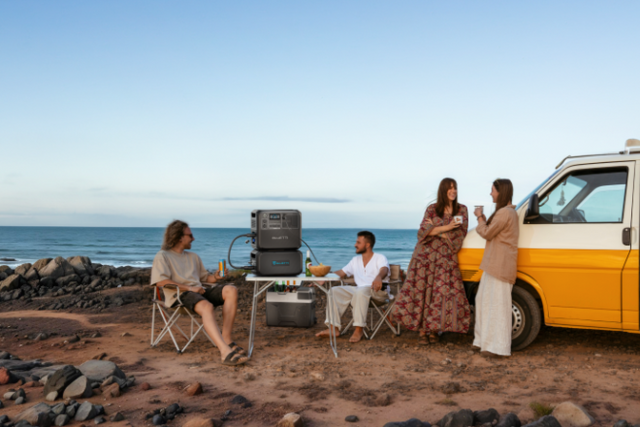Your cart is empty
Shop our productsThe conversation around energy has changed a lot in recent years. Rising utility bills, concerns over climate change, and the sheer availability of new technology have made solar more than just a buzzword. It's something many people are seriously considering. And while hiring a professional installer might be the standard approach, plenty of homeowners are now looking at rolling up their sleeves and taking the do-it-yourself route. The big motivation, of course, is cost. When you think about solar panel installation, the numbers can look intimidating at first. But once you start breaking them down, and especially when you compare professional labor to doing it yourself, the picture becomes a lot clearer.
Imagine standing in your driveway on a Saturday morning, coffee in hand, staring up at your roof. You've got a pile of panels leaning against the garage wall, a few boxes filled with cables and brackets, and the sun already climbing into the sky. The thought might cross your mind: Is this really worth it? For many, the answer is yes, particularly when the goal is to cut costs without cutting corners. But to know whether it's right for you, it helps to take a closer look at where the money actually goes.
Understanding DIY Solar Installation
Doing your own solar panel installation isn't as simple as grabbing a few panels off a shelf at the hardware store. It's a project that involves planning, equipment shopping, and at least a little knowledge of how electricity behaves. You'll need the main components—panels, an inverter, mounting hardware, and wiring. Depending on your goals, you might also want batteries so you can store energy instead of just feeding it back into the grid.
Then there's the paperwork. A professional installer usually wraps permits, inspections, and grid connection into their service package. When you go DIY, those tasks fall on your shoulders. That means making sure your local government approves your installation, coordinating inspections, and sometimes even working with your utility company to handle interconnection.
The trade-off is that professional labor costs make up a notable slice of the overall bill. According to EnergySage and Tesla's cost breakdown, labor, sales, and profit combined can easily account for more than a third of the total. If you're willing to take on that responsibility yourself, you can keep thousands of dollars in your pocket.

Breakdown of Equipment Costs
Let's put some real numbers to it. Based on averages shared by EnergySage, panels alone account for about 12 percent of a system's total cost. That works out to around $3,692 on a typical setup. Inverters come next at about 10 percent, or $3,021. Other hardware—things like racking systems to hold the panels in place, wiring to connect everything, and optional batteries—make up the rest.
Take, for instance, a 12 kW system, which is about average for a household with significant energy needs. After federal tax credits, the total might come to $20,754. If you picture a pie chart, panels, inverters, and hardware take up the largest slices, while the smaller but unavoidable costs include permits, inspections, and interconnection fees.
These numbers give you a sense of where the money actually goes. It's not just the shiny panels you see on the roof—it's the entire support system that allows them to function safely and reliably.
Permits and Regulatory Costs
Permits and fees don't get as much attention in solar panel installation discussions, but they're essential. Depending on where you live, you might need a building permit, an electrical permit, or both. In some areas, you'll also face inspection or utility interconnection fees. These costs are often lumped into the 8 percent "interconnection" category of a typical solar budget.
Say you live in a mid-sized city in the Midwest. The building permit might be $200, the electrical permit another $150, and the inspection fee $100. Add in $250 from your utility for the privilege of connecting to the grid, and you've got $700 in costs that don't even involve hardware. In some states, these numbers run higher, while in others they're lower, but they're rarely zero.
The paperwork can feel tedious, but skipping it isn't an option. An unpermitted installation can cause headaches later, especially if you try to sell your home or need your insurance to cover damage.
Labor Savings and Hidden Costs
Now, here's where DIY really shines. Professional labor typically accounts for about 7 percent of the cost of solar panel installation, which translates to around $2,014 on a standard system. Add in sales and marketing expenses (18 percent, or $5,370) and company profit (11 percent, or $3,133), and you're looking at over $10,000 that goes straight to the installer rather than the equipment.
By taking the DIY route, you skip those charges. That's the appeal. But it's not as simple as saying you save ten grand, because you also need to account for hidden costs. If your home's electrical panel isn't up to the job, for example, you might need to upgrade to a 200-amp service. That alone can cost several thousand dollars. You'll also need tools—drills, wrenches, voltage testers, and possibly even safety harnesses for roof work.
Then there's the most underestimated cost of all: your time. Installing solar panels yourself is not a one-afternoon project. Between planning, purchasing, permitting, and actual installation, you could easily spend weeks on the process. For some, the trade-off is worth it. For others, paying an installer suddenly seems like the better deal.

Average Price Ranges
So what does this look like in practice? Nationally, DIY solar panel installation costs range from about $7,000 to $18,000 before incentives. That's compared to $20,000 to $30,000 for a professionally installed system of a similar size. On a per-watt basis, you're looking at around $2.53.
The numbers also vary depending on your state. In Arizona, for instance, the average cost after the federal tax credit is about $14,567. Wyoming, on the other hand, can see costs as high as $31,440 for similar systems.
Size plays a role, too. A 5-kilowatt system might cost around $2.80 per watt, while a 15-kilowatt system could come in closer to $2.42 per watt. Bigger systems benefit from economies of scale, though they obviously require more roof space and more upfront cash.
Picture two households: one a retired couple with modest energy needs, the other a family of five with kids constantly streaming, gaming, and running the laundry. The couple might only need a small system, while the family will save more in the long run by investing in a larger one.
Incentives and Savings
Here's the part that can move the needle on your solar panel installation cost more than any clever shopping trick. Batteries must have a capacity of at least 3 kWh to qualify for the credit. The federal Residential Clean Energy Credit sits at 30% right now, and it applies to qualified home solar and battery storage placed in service in 2025. The headline everyone is watching is the cutoff: under the One Big Beautiful Bill Act, signed this summer, the credit stops for expenditures made after December 31, 2025. So if you want that full 30% reduction, your project needs to be purchased, installed, and placed in service this year, then claimed on Form 5695 when you file.
A quick reality check on what "qualified" means helps avoid headaches later. The credit applies to residential solar equipment, inverters, and balance-of-system gear that becomes part of your home's energy setup, and battery storage counts too for systems placed in service starting in 2023. There isn't an annual or lifetime dollar cap for the 25D credit itself; instead, it's a straight percentage of your qualified costs. Your records matter here. Save invoices, permits, and completion paperwork so you can document when the system was placed in service and what you actually paid. File the claim with Form 5695 when you do your taxes.
State and utility incentives can stack on top of the federal credit and make a visible dent in your solar panel installation cost. Some states offer tax credits, others offer upfront rebates, and utilities sometimes run seasonal programs that add a small bonus per watt. As a single example, Arizona residents can claim a state solar tax credit worth 25% of the system price, capped at $1,000, which is modest but still welcome when you're counting dollars. The mix changes a lot by location, so it's smart to check your state and utility in the DSIRE database before you buy parts.
Savings over time are where solar usually wins hearts. EnergySage's 2025 numbers suggest a typical homeowner can save tens of thousands of dollars over a 25-year run, with a wide range depending on local electricity rates and system size. If your utility rates are high or you use a lot of power in the afternoon, the payback comes faster. If your rates are tame and usage is low, it takes longer, but that long arc still bends toward lower bills. When you run the math, use realistic production for your roof and the price per watt you can actually achieve, not brochure math.
If you're going the DIY route, there's one more angle to incentives worth mentioning. Some jurisdictions require an inspection sign-off or interconnection approval before a local rebate is released. That can add a few weeks to your timeline. With the federal 2025 deadline on the calendar, it's wise to back into your dates, making sure permit submission, utility paperwork, and final inspection leave room for normal delays. Treat the calendar like another project tool, not an afterthought.

Potential Pitfalls and Tips
DIY is how you keep control of your solar panel installation cost, but it does bring a few traps that don't show up in glossy ads. Roofs can be quirky. Old shingles, soft decking near a vent, or a steep pitch can turn a simple plan into a juggling act. A layout that looks perfect in your design tool might run into a plumbing vent or a satellite dish you forgot to move. On the electrical side, an older main panel may not have space for a backfeed breaker, and upgrading to 200 amps adds a cost you didn't pencil in. None of this is a reason to abandon DIY. It's a reason to pace yourself, measure twice, and build a small buffer into the budget.
Warranties deserve a slow read. Some panel and inverter makers are perfectly fine with homeowner installs if a licensed electrician handles final connections. Others want certified installers for full coverage. You don't need to guess. Email the manufacturer before you buy, keep the reply, and let that guide your parts list. It's cheap insurance.
Start small if you're unsure. A ground-mount array is friendlier for first-timers than roof work. Microinverters simplify wiring and make troubleshooting less intimidating. If thin-film peel-and-stick panels tempt you because they look easy, remember they save weight but need a clean, well-prepped surface and careful routing so edges don't lift. The theme is the same across choices: simpler hardware trims install time, and clean cable management saves you hours later.
Paperwork can feel dull, yet it's part of a clean install. Read your city's permit checklist before you buy materials so your racking, flashings, wire, and breakers line up with code. Get your single-line diagram right, label everything clearly, and your inspection tends to be quick. If you're connecting to the grid, ask the utility early about any meter swap or production meter requirements. Avoid last-minute surprises by planning for potential delays and addressing issues early.

Recommended Products for a Low-Stress Start
If you like the idea of generating your own power but want a simpler step before a full rooftop plan, a portable station with solar compatibility is a friendly on-ramp. The BLUETTI Elite 100 V2 portable power station is a tidy way to learn the basics. Pair it with a couple of folding panels, and you've got a quiet backup for small essentials, weekend camping, or a shed project where extension cords get annoying. It's also useful while you're building a larger system because you can keep tools or a laptop powered without tapping house circuits.
If you're leaning toward a home setup with real storage but want to keep things modular, the BLUETTI Apex 300 home backup power is the next rung up the ladder. It's designed to integrate with solar, give you meaningful reserve for outages, and let you get hands-on experience with charging profiles and load management before committing to a full array. Either option helps you learn how solar behaves in your life, which makes the design phase for a bigger system far less abstract.

Conclusion
The money question comes down to timing and planning. Incentives are still doing the heavy lifting in 2025, and the 30% federal credit is the big one. If a DIY solar panel installation is on your list, this is the year to organize permits, line up equipment, and keep your paperwork tidy so the system is placed in service in time. Local rebates and utility programs can sweeten the pot, and long-term savings are real when the design fits your roof and your habits.
If you're not ready to commit to a full array, you can still move the ball forward. Start with a portable setup, learn how you use stored energy in daily life, and build from there. The Elite 100 V2 is an easy first step, and the Apex 300 gives you a taste of integrated storage. Either way, you'll be closer to energy that feels like it belongs to you.
Shop products from this article
Be the First to Know
You May Also Like

Laptop vs. Desktop: How Many Watts Does a Computer Use?
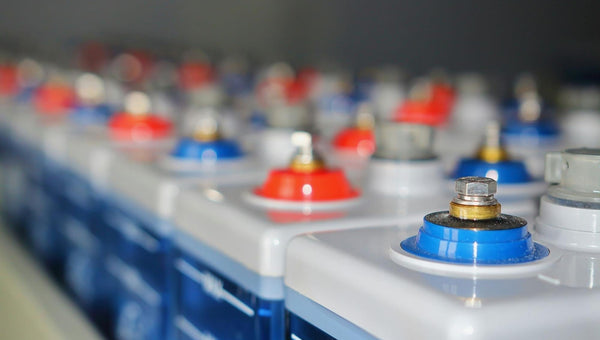
What is Battery Acid: Composition, Function, and Safety
